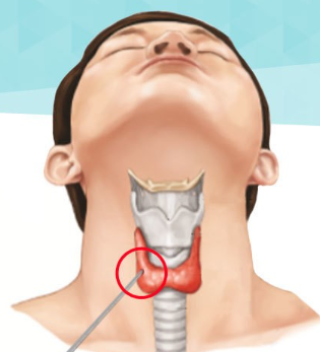Can endometrial cancer be found early?created at May 05, 2009 1,208 1,208 Early detection of endometrial cancer is possible, |
What should I ask my doctor when diagnosed with endocrine cancer?created at May 04, 2009 1,227 1,227 Diagnosing endocrine cancer involves a combination of methods, |
How do you diagnose endocrine cancer?created at May 04, 2009 1,173 1,173 Diagnosing endocrine cancer typically involves a combination of physical examination, |
Demystifying Pinworms - A Common Nuisance in Childhoodcreated at May 13, 2009 1,330 1,330 Pinworms, |
How is bone cancer diagnosed?created at May 03, 2009 1,330 1,330 Bone cancer diagnosis begins with a thorough medical history and physical examination, |
Decoding the Diagnosis: How Doctors Detect Pancreatic Cancercreated at May 04, 2009 1,386 1,386 Detecting pancreatic cancer is challenging because it often presents with vague symptoms or none at all in its early stages.Diagnosis typically involves a combination of imaging tests, |
Demystifying Bone Tumors: Understanding Benign and Malignant Varietiescreated at May 03, 2009 1,233 1,233 Bone tumors are growths that develop in bone tissue, |
How will a physician make a diagnosis of head and neck cancer?created at May 09, 2009 1,161 1,161 Diagnosis of head and neck cancer typically begins with a thorough medical history and physical examination, |
Age spots test and diagnoisupdated at Nov 07, 2025 1,292 1,292 Age spots, |
Understanding the Diagnostic Process for Liver Cancercreated at May 04, 2009 1,283 1,283 If you’re concerned about liver cancer, |
Decoding the Diagnosis: How is Ringworm Diagnosed in Babies?created at May 12, 2009 1,229 1,229 If you've noticed suspicious red, |
Decoding Diagnosis: Unraveling the Path to Detecting Cervical Cancercreated at May 04, 2009 1,306 1,306 Detecting cervical cancer involves a systematic approach, |
How is Hodgkin's disease diagnosed?created at May 22, 2009 1,444 1,444 If Hodgkin's disease is suspected, |
How will my doctor know if I have ovarian cancer?created at May 05, 2009 1,214 1,214 Women who have regular pelvic exams increase the chance that, |
How will I be diagnosed for colorectal cancer?created at May 04, 2009 1,341 1,341 To find the cause of symptoms, |
How do you diagnose thyroid cancer?created at May 03, 2009 1,207 1,207 The doctor will ask about your medical history and will do a careful physical exam, |










